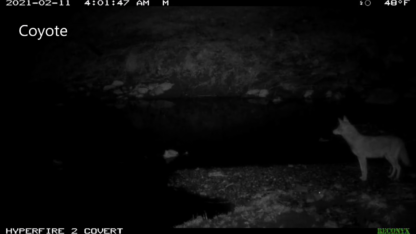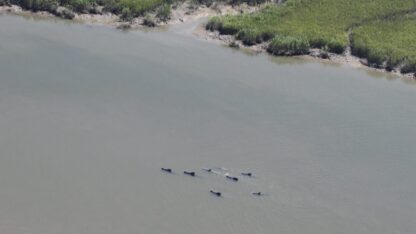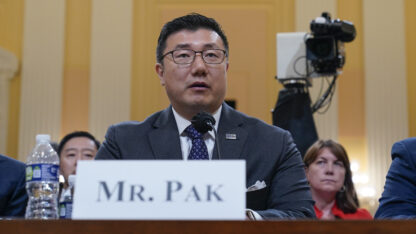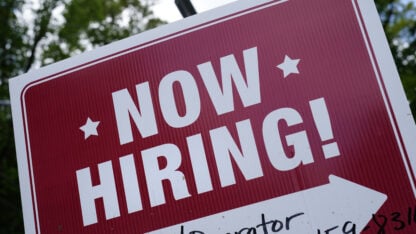ZHYTOMYR, Ukraine — When the fighter jet crashed into these northwestern Ukrainian woods, killing its 27-year-old pilot, splintering trees and spewing fuel, it tore a gash in the forest canopy. Then it exploded. The wildfire that followed charred trees and earth, threatening two nearby villages.
Two months later, fire extinguished, the area still smells like jet fuel. Debris litters the ground. A jagged piece of metal, painted Ukrainian blue and yellow, rests between green shoots of grass growing through blackened leaves. Another shard juts from a tree some 20-feet above the ground.
“It’s a catastrophe,” says Viktor Radushinskiy, a member of the state forestry department.
One of many.
The State Environmental Inspectorate of Ukraine, a government agency, has documented more than 300 cases of what it calls “environmental crimes,” carried out by Russia since its invasion began in late February. The actual number is believed to be closer to 1,500, it says, but many sites are still occupied by Russia or made inaccessible by the fighting.
Fires at fuel depots. Blown-up reservoirs of dangerous chemicals. Damaged gas pipelines. Disruptions and wildfires at the Chernobyl nuclear exclusion zone. Destroyed vessels in the Black Sea area. These are the most immediate concerns identified by the state agency.
But the environmental impacts of Russia’s invasion may reach far beyond Ukraine’s embattled borders.
Chemicals and bodies are poisoning waterways that feed the region’s fertile farmland and supply drinking water. Warships are killing dolphins and explosions are disrupting bird migrations. Long-range artillery battles are pockmarking wildlife refuges with craters. And there are concerns that the war and its fallout could hamper Europe, the Middle East and Russia’s ability to combat wildfires in what’s shaping up to be another devastating year.
“This will affect people in the long-term,” says Yevgeniy Medvedovskiy, the chief of the state department of environmental inspection for the Zhytomyr region, as he looks at the burnt husks of fallen trees. “The atmosphere has no limits, no borders. This will affect everyone.”
Environmental effects will last “long after the shells have stopped exploding”
Environmental damage like splintered trees and polluted waterways may seem like a secondary concern, given the atrocities against people documented in places like Bucha and Mariupol, and the violence currently being inflicted by Russia on residents in Ukraine’s east.
But the war’s effects on the environment will be felt “long after the shells have stopped exploding, long after the bullets and the guns have ceased,” says Carroll Muffett, head of the nonprofit Center for International Environmental Law in Washington, D.C. Muffet is one of the lead authors of an open letter signed by hundreds of international law and environmental experts in March, warning about the long-term risks the conflict poses for Ukraine and Europe.
“When we talk about the environmental consequences of war, what we’re really talking about is simply the impacts of war on humans and on the places where they live in another more protracted and often more insidious form,” he says.
That fact isn’t lost on Ukrainian authorities. The country has created a team of roughly 100 scientists, across 18 regional offices, who are tasked with documenting evidence of what it calls environmental war crimes.
In Zhytomyr, the task force’s scientists are mostly women like Iryna Bereziuk, who monitored gas pipelines, industrial sites and air quality before Russia crossed the nearby Belarusian border in February. Now, they have to visit mine-littered woodlands, Russian-occupied areas and still-burning fuel depots to collect air, water and soil samples.
“Sometimes the smell is so strong, you can’t even breathe,” Bereziuk says in the laboratory she heads.
Each site is treated like a crime scene. Photos are taken. Interviews conducted. Samples collected. All of the evidence will be used, “to punish the aggressor in the international courts,” says Oleksiy Obrizan, the task force’s chairman.
There’s little precedence in international courts for prosecuting such crimes. A United Nations compensation commission set up after Iraq’s 1991 invasion of Kuwait is the one example Ukrainian environmental advocates could reference. Scientists have advocated for strengthening international law to make it easier to hold countries accountable.
Last year, an independent panel of international lawyers launched an effort to better define ecocide — or as they put it, “unlawful or wanton acts committed with knowledge that there is substantial likelihood of severe and either widespread or long-term damage to the environment being caused” — under the Rome Statute of the International Criminal Court.
From his office in Kyiv, Obrizan says he knows prosecuting such crimes will be challenging in international courts, especially with Russia maintaining a seat on the U.N. Security Council — the body that established the commission following the Gulf War.
But he says collecting evidence of environmental war crimes is worth the effort. “These environmental problems are not just Ukraine’s,” he says. “They are the world’s.”
The war poses broader wildfire threats
One unexpected example of the war’s broader environmental repercussions is how it’s affecting the broader region’s ability to respond to summer wildfires.
Last year, Western Europe, Turkey and northern Russia suffered devastating wildfire seasons. The Greek Isles and woodlands around Athens were ravaged by fire amid record heat waves.
“We’re looking at the exact same pattern that we had last year,” says Scott Dehnisch, the wildfire coordinator for the U.S. Agency for International Development. “Very very hot and very very dry.”
Western Europe’s first heat wave of the summer is already fueling destructive wildfires in Spain and Germany. Temperatures are more than 10 degrees Celsius (50 degrees Fahrenheit) higher than normal in some areas, a marker, meteorologists say, of climate change.
The problem, Dehnisch says, is that many of the firefighting aircraft typically used by Western Europe and the Middle East during fire season come from Russia. They’re contracted out through the summer, he says. “And because of sanctions and those aircrafts unavailability due to the war, those are off the table now.”
An effort is underway to fill that gap in Western Europe and around the Mediterranean with U.S. and Canadian-based firefighting aircraft, Dehnisch says. But both countries have their own pressing needs, and backfilling aircraft in those regions does little to alleviate the problem in the world’s most-forested country: Russia, which typically relies on its military each fire season.
Siberia is already experiencing massive wildfires in Russia’s forest-covered north. In May, Russian President Vladimir Putin took a break from his wartime musings to address the situation on Russian state media.
“We cannot allow a repeat of last year’s situation, when forest fires were the most long-lasting and intensive of recent years,” he said in a video message.
Wildfires in Siberia and the broader global Arctic have an outsize impact on the world’s climate. Scientists believe nearly half of the world’s peatland-stored carbon — carbon that’s been locked away by permafrost and frigid temperatures — is in the Arctic Circle. Wildfires unlock that carbon, releasing more greenhouse gases that worsen global warming. They also blanket snow and ice with black soot, making them melt faster.
“This war, outside of even just Ukraine, really has multiple, exponential layers of damage that it’s doing,” Dehnisch says.
The Black Sea’s biodiversity is being threatened
On southern Ukraine’s Black Sea coast, a small flock of seabirds sits on a shell-covered shoreline next to a still lagoon.
Despite occupying less than 6% of Europe’s landmass, Ukraine is home to 35% of its biodiversity. The country is home to thousands of rare plant and animal species and a critical resting spot for migratory birds like the curlew sandpiper, which come to Ukraine on their springtime journey from Africa to nesting grounds in Siberia.
Russia’s invasion of Ukraine in late February coincided with the springtime migration. Fighter jets roared over nature refuges. Explosions boomed over the crashing waves of the Black Sea. Birds, susceptible to sound, were scared away from their normal resting grounds, says Ivan Rusev, a Bulgarian-born environmentalist and ecologist at Tuzla Lagoons National Nature Park.
Rusev has a broad smile and tanned skin. He wears a necklace adorned with a diving bird, its wings locked on either side of its body in the shape of the Ukrainian trident. Growing up in a Soviet town where the water was polluted by industry and the forests denuded, he says, he learned the value of protecting the natural world.
“We need to save biodiversity and help nature,” he says. “And it will help us.”
In 2010, Rusev helped create Tuzla Lagoons National Nature Park with its 18-mile sandbar to protect the ecosystem from poaching and development. There are 55 national parks in Ukraine, Rusev says. Many of them, including the country’s largest, the Black Sea Biosphere Reserve near the city of Kherson are now under Russian control.
Others — even parts of this park — he says, are now being used by the Ukrainian military to prevent future Russian advances.
A short drive from the park’s headquarters, past a string of anti-tank mines hidden in the tall grass, Iryna Vykhrystyuk, the director of Tuzla Lagoons National Nature Park, walks on the white sand of Ukraine’s Black Sea Coast.
Parts of this national park were bombed in the first month of the war, she says. Explosions are still regularly heard offshore, generally in the direction of Snake Island. Dolphins, confused and run ashore by the low-frequency radar used by Russian submarines and warships, are commonly found decaying on the beach.
“Normally this place is like heaven,” Vykhrystyuk says, as small waves roll over the beach. It has the most amazing sunrises and sunsets. The dark skies and starscapes attract photographers from around Ukraine and the world.
Now, the beach is empty.
When Ukraine wins the war — not if — Vykhrystyuk says, looking out to the sea, she hopes people will return.
Hopefully, she says, it will help them heal.
Copyright 2022 NPR. To see more, visit https://www.npr.org.
9(MDAxODM0MDY4MDEyMTY4NDA3MzI3YjkzMw004))
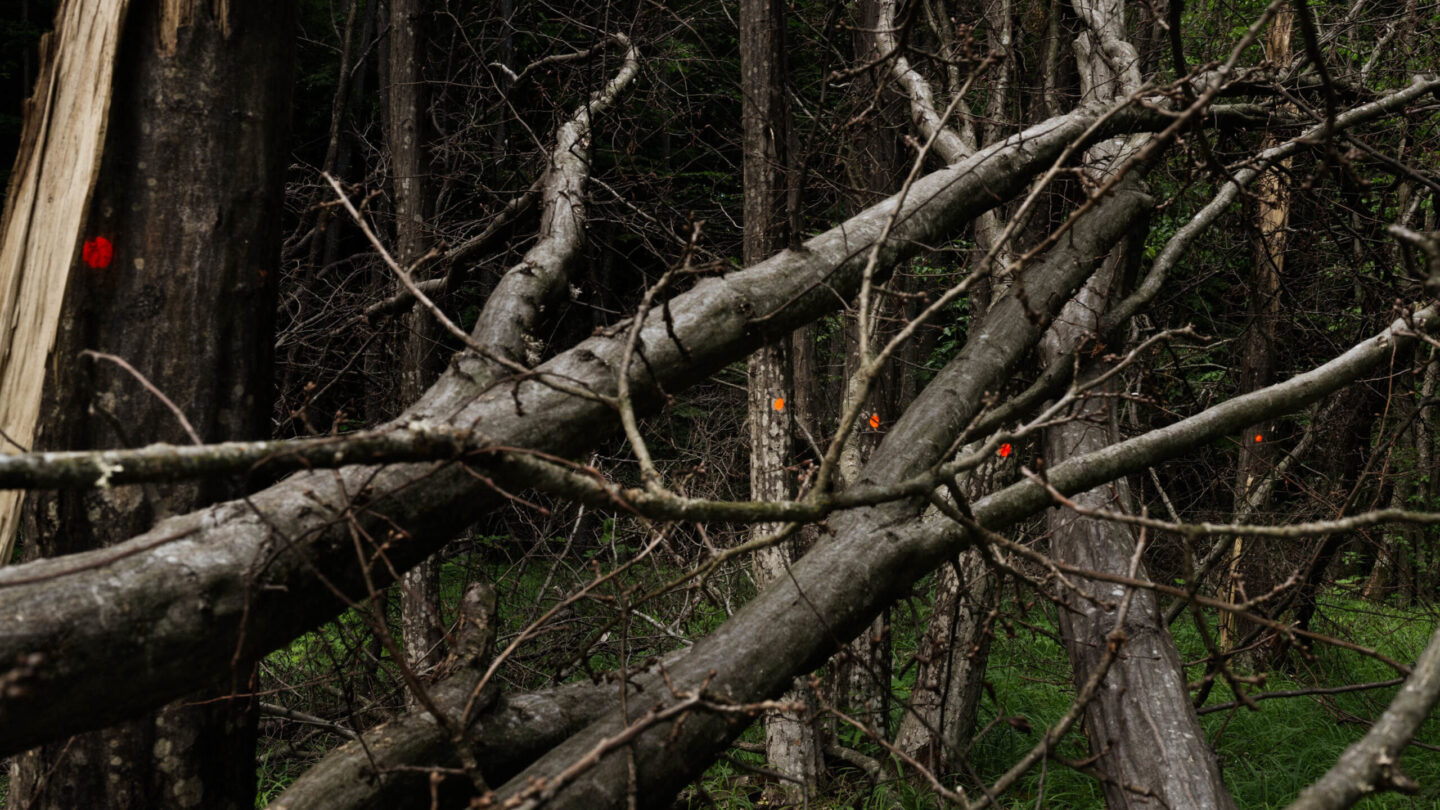
9(MDAxODM0MDY4MDEyMTY4NDA3MzI3YjkzMw004))
